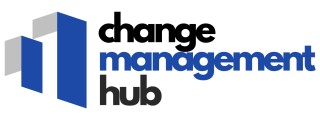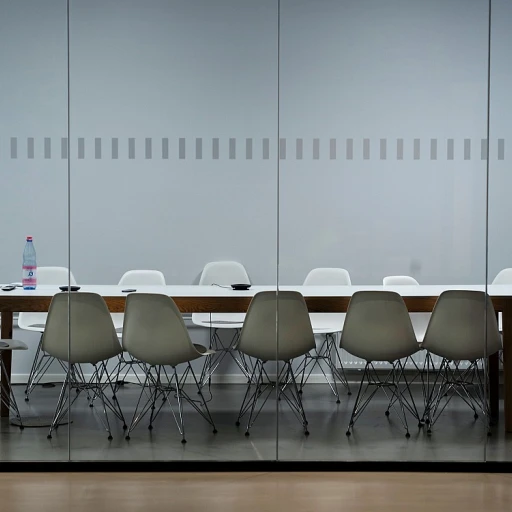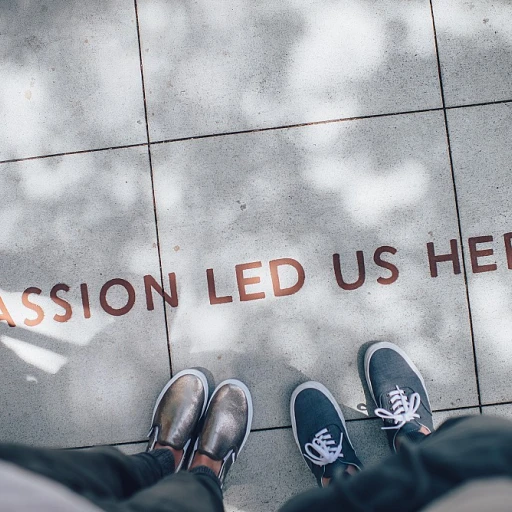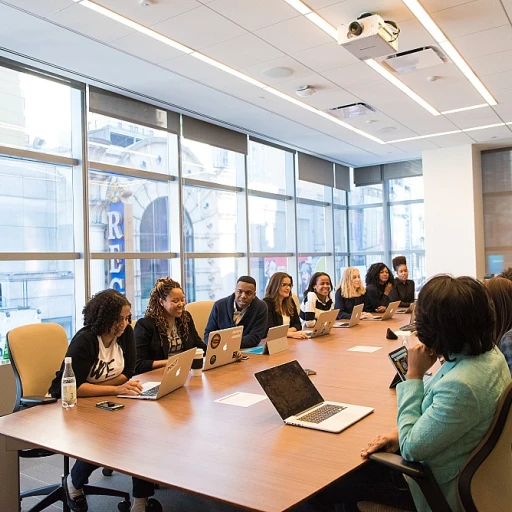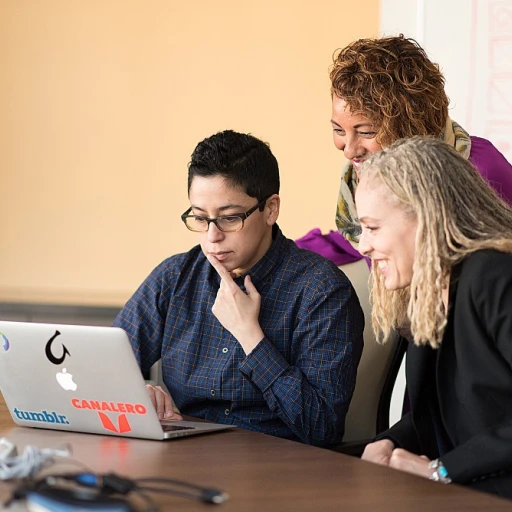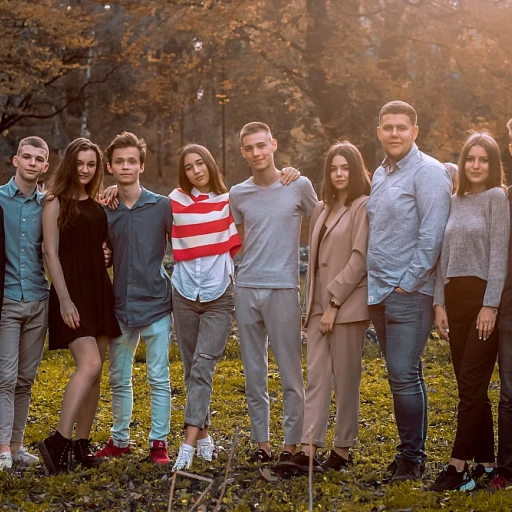
Understanding the Role of Creativity in Change Management
Nurturing Innovation in Change Processes
In the realm of change management, creativity is not merely an added bonus; it is an essential component that fuels innovation and drives the adaptability of any project. Embracing creativity within change processes allows organizations to explore fresh perspectives and devise unique solutions, thus enhancing productivity and promoting effective problem solving. Every day presents an opportunity to inject creativity into the workflow. By focusing on design work, for example, teams can transform traditional approaches to change management and reimagine how tasks are executed. This dynamic process of engaging with creative work empowers team members to think outside the box and contribute novel ideas, even under time pressure. Creative time is precious and can greatly benefit from structured management. Approaches like time blocking or the Pomodoro Technique can help individuals balance their creative endeavors with necessary tasks. These methods of managing time help boost creativity while ensuring that important deadlines are met, maintaining momentum and morale within the team. Moreover, creativity does not just involve generating new ideas. It also encompasses implementing these ideas effectively. This necessitates the use of various tools and strategies tailored to each organization's needs, ranging from graphic design software like Adobe to project management platforms that streamline workflow and enhance focus. When creativity meets management, the outcome is not just improved processes; it fosters a culture of continuous improvement and resilience. Those working within change management must therefore continually cultivate their creative capabilities, while also leveraging practical strategies for effective time management. By doing so, they can achieve new heights in change management and sustain long-term success. For a deeper exploration of these concepts, see achieving new heights in change management.Time Management: The Backbone of Effective Change
The Foundation of Successful Change Initiatives
In the realm of change management, time management is often esteemed as the backbone of any successful endeavor. It's an essential skill set that paves the way for achieving effective change. Time, as a resource, is finite, making it imperative to manage it with precision and foresight, especially when navigating the complexities of change. Managing time effectively involves meticulous planning and prioritization of tasks, ensuring that each component of a project is allotted adequate attention and resources. By doing so, organizations can maintain a steady workflow, mitigating the risks of delay, misallocation of resources, and burnout.- Focus and Organization: A systematic approach to managing time can vastly improve productivity and facilitate the strategic allocation of resources. Time blocking, the Pomodoro Technique, and other productivity methodologies like the Eisenhower Box are indispensable tools that enhance both focus and organization.
- Boosting Creativity Within Constraints: While time management may seem at odds with spontaneous creativity, having a structured schedule can actually boost creativity. It ensures that creative processes and design work are conducted within designated creative time, thus preventing distractions and maintaining a balance during high-stake projects.
- Effective Project Management: In the context of change management, project management principles underpin the balance between time and creativity. Prioritizing tasks, analyzing time pressures, and strategizing workflows become pivotal mechanisms that drive productivity and creativity productivity.
Integrating Creativity with Time Management
Fostering Synergy between Creative Work and Time Management
Balancing creativity and time management within a project is both an art and a science. While managing time can often seem at odds with the creative process, integrating them can significantly enhance productivity and effectiveness. To start, understanding the rhythm of your creative tasks is essential. Recognizing when is your creative peak time during the day can help in organizing your schedule to optimize productivity.Time blocking is an efficient technique where one allocates specific time slots for design and other creative activities. This method not only helps manage time effectively but also provides the space needed for creativity to flourish without the distractions of impending tasks. Pairing this with the Pomodoro Technique, where work bursts are followed by short breaks, can enhance focus and help boost creativity throughout your work day.
Moreover, tools like Adobe Creative Cloud can assist in streamlining the creative work process, ensuring that tasks such as graphic design are executed efficiently. Integrating project management software can also aid in aligning the creative outcomes with broader management objectives. By doing so, creativity productivity is maximized and it becomes easier to navigate within time constraints.
For those struggling with time pressures and creative fluctuations, seamless communication is key. Sharing updates regularly through platforms like social media can keep the team aligned and adequately informed on the progress, moving the project forward effectively. It's beneficial to read up on strategies for tailoring communication to aid in understanding the dynamics of change requests.
Ultimately, careful planning, effective time allocation, and the use of innovative digital tools can cultivate a productive environment where creativity and time management harmoniously coexist. By nurturing this balance, teams can overcome challenges and achieve remarkable results in their creative projects.
Challenges in Balancing Creativity and Time Management
Overcoming the Hurdles of Creativity and Time Management
Balancing creativity with effective time management can be a challenging endeavor in the realm of change management. The creative process often requires flexibility and freedom, while time management demands structure and discipline. This dichotomy can lead to several challenges that professionals must navigate to maintain productivity and innovation.
One of the primary challenges is time pressure. Creative work, such as graphic design or problem solving, often requires uninterrupted periods of focus. However, the demands of project management and the need to manage time effectively can impose constraints that stifle creativity. The pressure to complete tasks within tight deadlines can hinder the creative process, leading to suboptimal outcomes.
Another significant challenge is the integration of creativity with routine tasks. While creative tasks require a different mindset, they must coexist with more mundane responsibilities. This balancing act can be difficult, as shifting between creative and routine tasks can disrupt workflow and reduce productivity. Utilizing tools like the Pomodoro Technique or time blocking can help manage this transition, but it requires discipline and practice.
The distraction of social media and constant connectivity also poses a challenge. While these platforms can boost creativity by providing inspiration and new ideas, they can also detract from productivity if not managed properly. Setting boundaries and using tools to limit distractions can help maintain focus during creative time.
Finally, there is the challenge of adapting to new tools and technologies. With the rapid pace of technological advancement, professionals must continually adapt to new tools that can enhance both creativity and time management. However, the learning curve associated with these tools can be a barrier to their effective use. Investing time in training and staying updated with the latest developments can help overcome this challenge.
Addressing these challenges requires a strategic approach to balancing creativity and time management. By understanding the unique demands of creative work and employing effective strategies, professionals can enhance both their productivity and creativity.
Tools and Techniques for Harmonizing Creativity and Time Management
Leveraging Tools for Harmony
Certain tools and techniques have been instrumental in helping individuals and organizations harmonize creativity and time management, crucial for efficient change management. Understanding and deploying these can boost creativity and ensure tasks are accomplished on time.- Time Blocking: This technique involves setting aside specific blocks of time in your day solely for creative work. By doing so, you ensure the creative process isn’t interrupted by other tasks, thereby improving productivity and focus.
- Pomodoro Technique: Implementing the Pomodoro technique in work schedules can help manage time effectively and with less pressure. This method encourages working in short, focused bursts followed by breaks, which can keep creative minds rejuvenated and ready to tackle other task-driven efforts.
- Graphic Design Tools: Tools like Adobe and other graphic design platforms can significantly streamline the design work process, allowing creatives to focus more on their ideas than the technical aspects. These platforms can help manage time pressures by speeding up the creative process.
- Project Management Applications: Utilizing comprehensive project management tools can keep creative and non-creative projects on track. They provide frameworks that allocate the right amount of creative time while ensuring the productive aspects of task management are not overlooked.
- Social Media Management: Balancing creative outputs with the demands of social media can be challenging. Utilizing tools that schedule and manage content can facilitate a smoother workflow, reducing time spent on daily tasks and allowing for a more strategic approach.
- Reading News and Insights: Regularly reading up on the latest trends and developments in creative time and project management can provide insights into innovative problem-solving strategies. This keeps creatives up-to-date and inspired.
Case Studies: Successful Integration of Creativity and Time Management
Real-World Examples of Creativity and Time Management Fusion
In the evolving landscape of change management, real-life instances provide invaluable insights into the harmonious integration of creativity and time management to drive successful outcomes.- Graphic Design Industry: Within the realm of graphic design, creative teams often face the dual pressures of producing innovative designs under strict deadlines. The adoption of time-blocking strategies allows designers to allocate dedicated sessions for intense creative brainstorming followed by focused project execution. This approach helps maintain a balance between creativity and productivity, ensuring high-quality deliverables.
- Tech Startups: Tech startups frequently operate in agile environments, necessitating a flexible yet structured approach to managing time and tasks. By employing the Pomodoro Technique, teams break down their work into manageable intervals, fostering enhanced focus and mitigating time pressure during critical phases of product design and iteration. This technique proves beneficial in maintaining the creative edge while managing time effectively.
- Advertising Agencies: In the fast-paced world of advertising, time management tools play a crucial role in synchronizing creative efforts with campaign timelines. Utilizing project management software, teams can effectively track progress and collaborate seamlessly, ensuring that creative work aligns with strategic objectives and deadlines. This structured yet creative process is essential for tackling campaign challenges efficiently.
